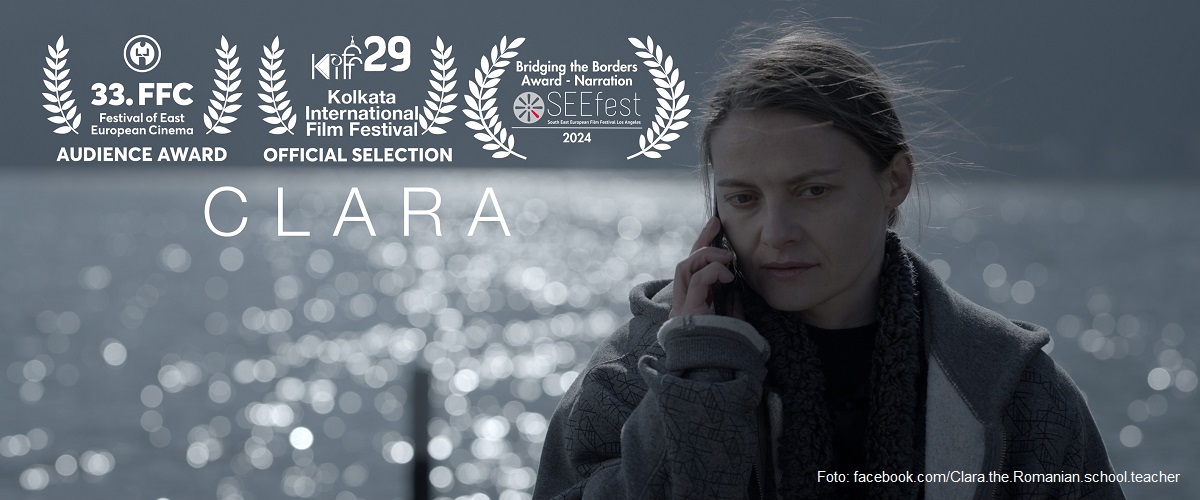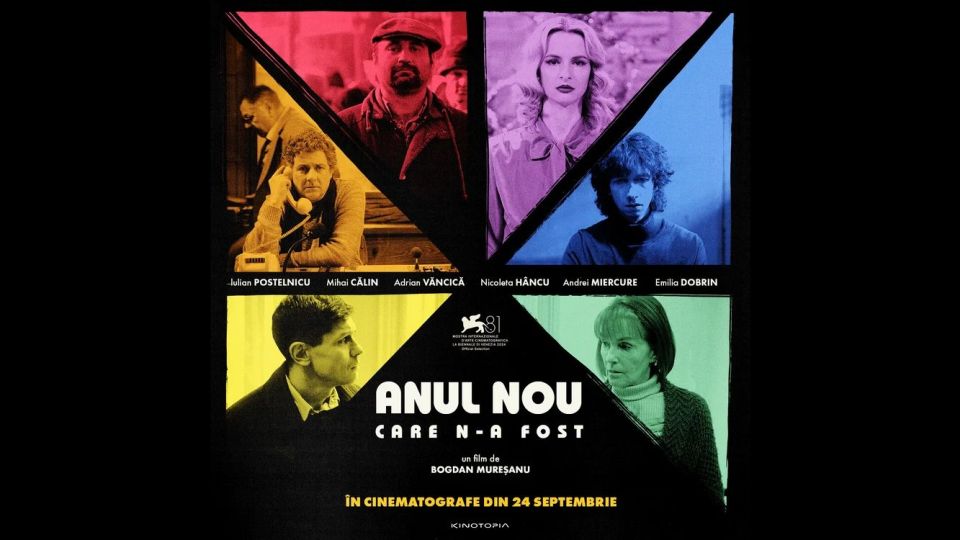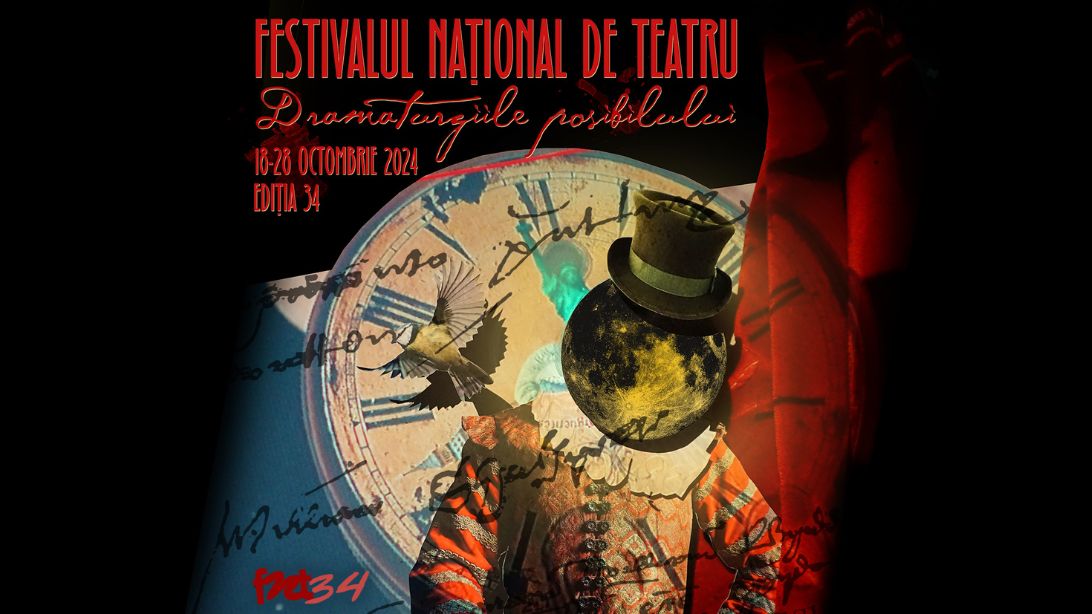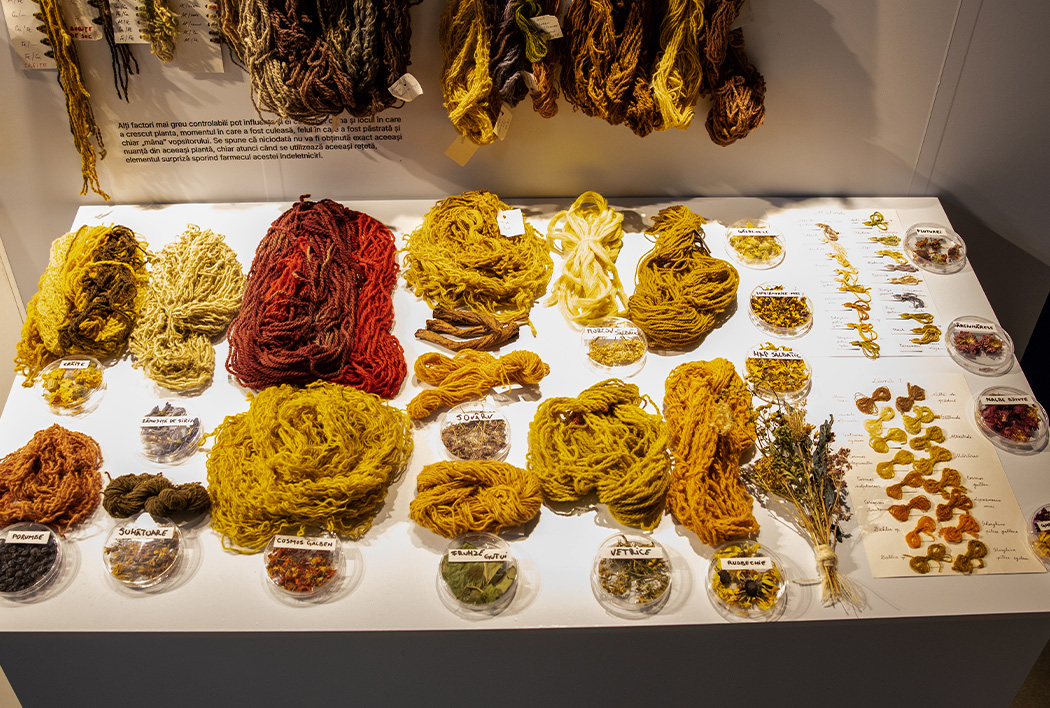The Romanian Dance Showcase
The Romanian Dance Showcase event is organized by the National Dance Center in Bucharest.
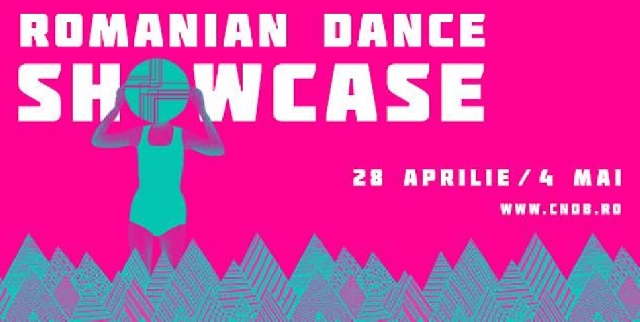
România Internațional, 24.05.2014, 14:20
For a whole week, the event brought together 55 artists, in an unprecedented marathon of contemporary dance. Designed as an international event promoting contemporary Romanian dance in Central and Eastern Europe, The Romanian Dance Showcase 2014, among other things, aimed to bring together various types of audiences for various art forms.
You’ll have more from Iulia Popovici, the curator of the event: ”It is the most notable dance event the National Dance Center in Bucharest has organized, and I believe it also is the most important dance event for the entire community, since its core idea was to showcase Romanian dance in as many of its dimensions as possible, for a foreign and local audience alike, so that its selection could render as complete an image as possible of what contemporary dance means today, also contributing to recreating the sense of belonging to a community the National Dance Center in Bucharest used to be when it had its own premises at the National Theater. “
One of the aims of the Romanian Dance Showcase was to get foreign professionals acquainted with the Romanian dance and performance stage, so attending the shows that were staged for a whole week were also guests from abroad.
Iulia Popovici now speaks about how the selected shows reached that goal: ” We did not want to sell our stuff, to come up with shows that might meet somebody’s expectations, or which may be in line with current aesthetic trends in contemporary dance. We aimed to get foreign guests acquainted with our own dance culture. We invited programmers and critics we thought were interested in contemporary Romanian dance, also focusing on festivals and periodicals from Central and Eastern Europe. In fact, the starting point should be beefing up the regional identity of contemporary dance, given that dance in this region is quite different from dance in Western Europe, since its progress has been discontinuous and we definitely can’t speak about a mainstream of contemporary dance here, in the 60s, 70, 80s, which is exactly the time when it gained momentum in Western Europe.”
The Romanian Dance Showcase brought together performances by artists with different approaches, so that the event offered an accurate an image as possible of what contemporary Romanian dance actually is. One such show was “Duet”, a work in progress created by Adriana Gheorghe and Andreea David. Adriana Gheorghe is a dance critic and Andreea David an architect: two minds in a “duet”, acting in the same space and time unit, the main challenge being that each should succeed in giving the other the space she needs, also meeting the other’s needs.
Adriana Gheorghe: “We offer each other the space of expression for topics which are non-contemporary — that’s how I like to call them. We have been trying to bring things we’re concerned with to the public, at the level of verbal discourse, but also at the level of stage discourse, things of interest to us, one usually doesn’t talk about or talks about in one’s own mind and to which an answer is very hard to give out loud, let alone a public and performing answer. For instance, what time is, what life is.”
Paul Dunca graduated from the National Film and Theatre University’s Choreography section. He also holds a Master’s degree in Drama Writing from the same university. He had his own show on MTV, he got involved in community art, as a performer he represented Romania at the Art Biennale in Venice, he featured in films and, of course, he creates contemporary dance shows.
As part of the Romanian Dance Showcase, Paul Dunca presented the show “The Institute of Change” he now speaks about:” It’s about the change of the world. All of us who have been working are now in their thirties and we have been undergoing several changes. I tell more serious stories. My shows are actually very dramatic. I wanted to be an actor and then I ended up studying choreography since I liked to dance a lot, and now I’m using both skills. My themes are a bit more serious but I deal with them in a more comical and self-ironical way. I believe in costumes very much and in creating the atmosphere which involves the physical side as well. It seems the first visual contact you have is with the way somebody looks. The audience is very important in that show, it accounts for about half of the show. And I rely on my audience a lot. “
Simona Deaconescu studied film directing, was a TV screenplay writer and has been trying to blend her two passions, film and dance, in a series of shows which are physically very demanding for the dancers. She participated in the Romanian Dance Showcase with a project entitled ” Room 0001. The Dream Factory”.
Simona Deaconescu: ” Room 001 is the pilot project of a series I have been thinking to carry through. It is a series of several episodes which I call virtual rooms. Each of the episodes looks at a context where art develops, in its relationship with technology and science. “The Dream Factory” is the pilot episode. What I had in mind was not necessarily the dreams you dream at night, but the fact that if you have a look at the world objectively, from the outside, trying to detach yourself a little bit, it very much looks like a dream, because it is very chaotic. And that’s exactly what happens with the human being’s cognitive process, none of his thoughts is fluent, nor is it precise. It is the “Dream Factory” since at this very moment, the life we live is like a dream which we try to understand, but which in fact we should live without asking too many questions about why that happens. “
“Duet”, The Institute of Change” and “Room 0001. The Dream Factory” are but a few of the shows aimed at presenting the identity of Romanian dance at the Romanian Dance Showcase.
The curator of the event, critic Iulia Popovici draws the conclusions: ” Eventually, we managed to sell some of our shows. Invitations have already been extended to certain shows or to some artists. Another conclusion could be that sometimes you need to risk. There were a few shows for which we took responsibility to include in the program, although they were controversial or they were not representative for what is going on right now, from the viewpoint of some representatives of the community, or maybe they were not spectacular or were not recognized as being top shows, and yet they triggered reactions which were extremely enthusiastic on the part of the selectors. “

